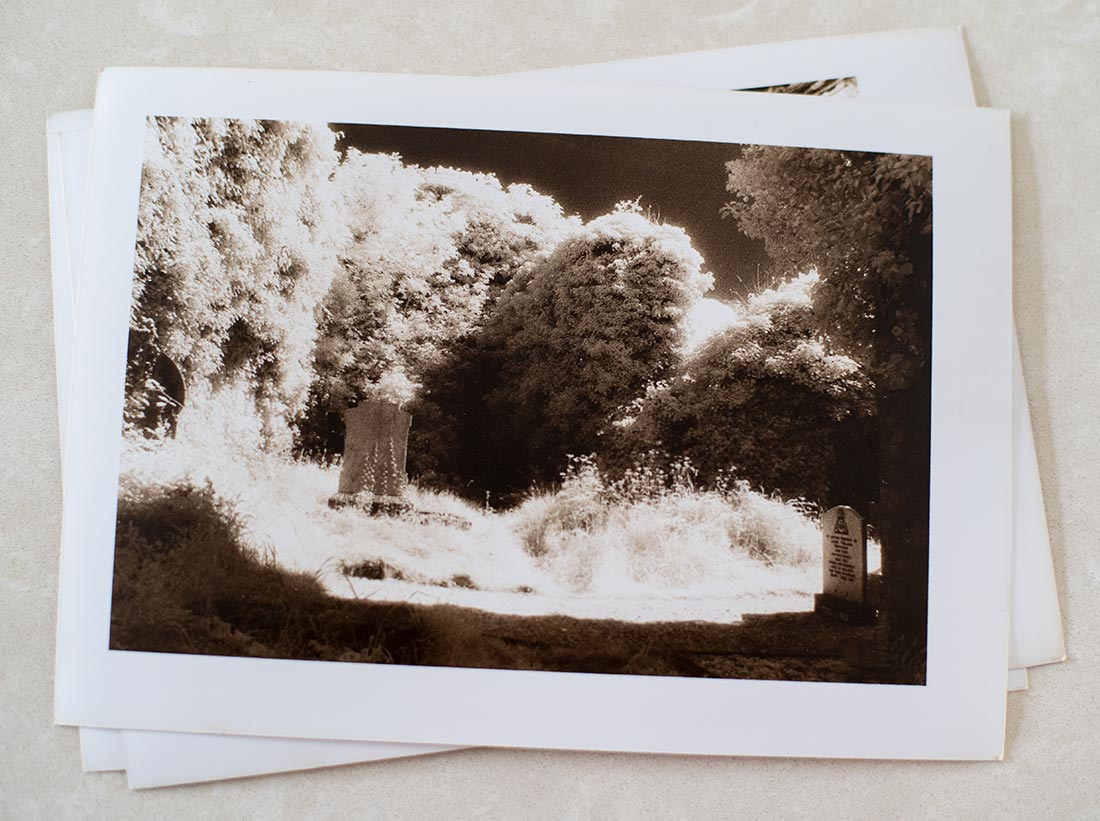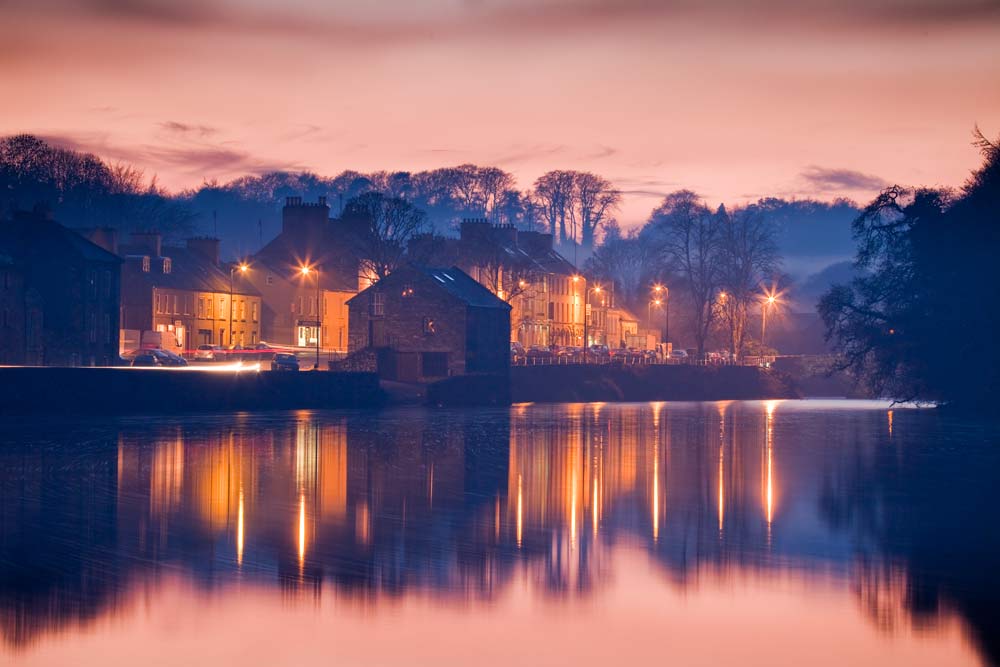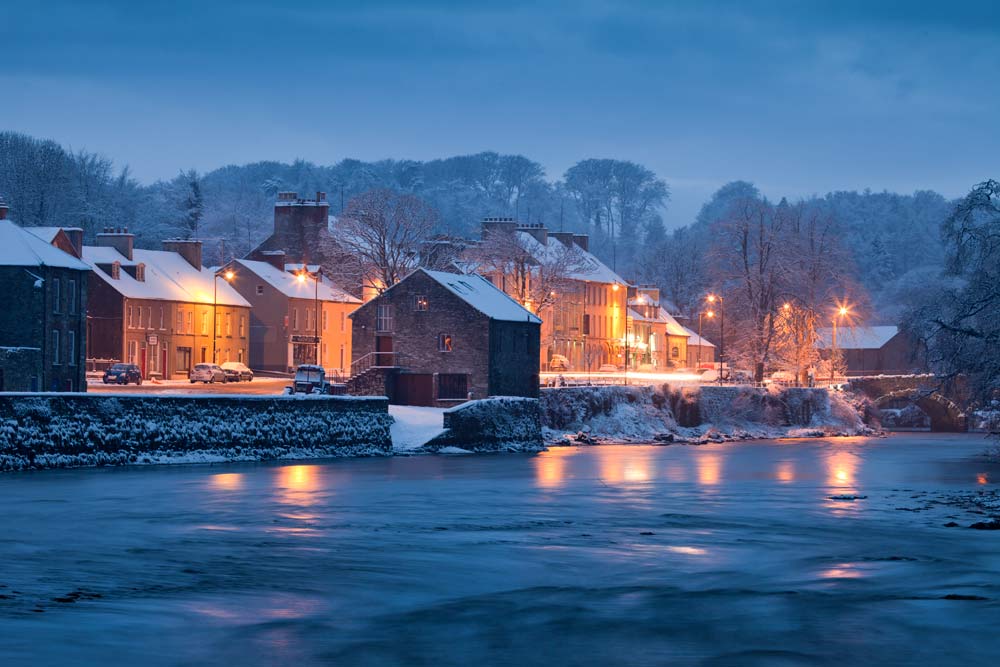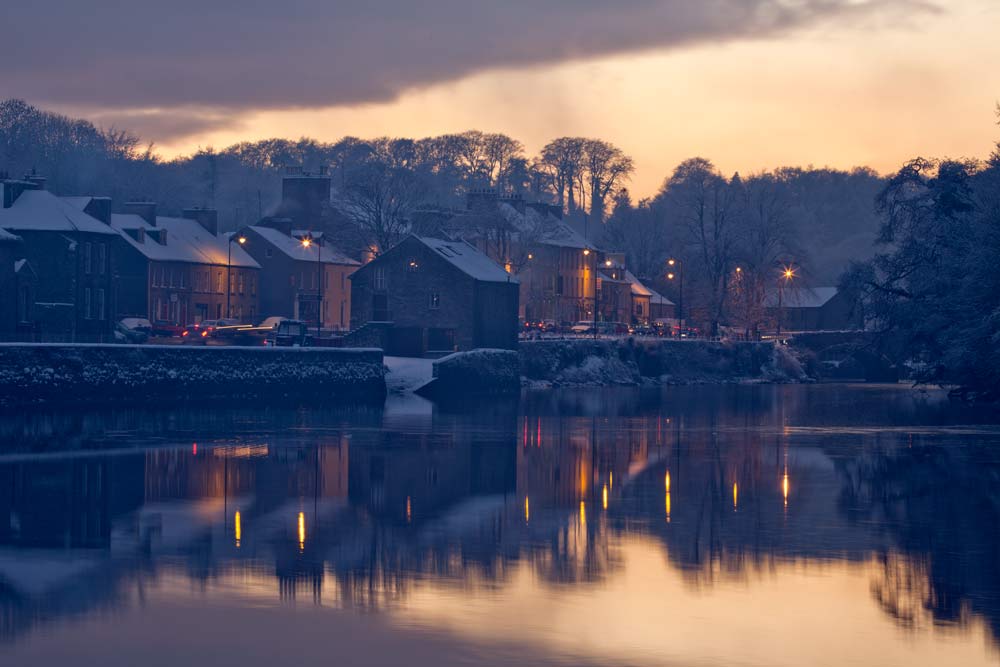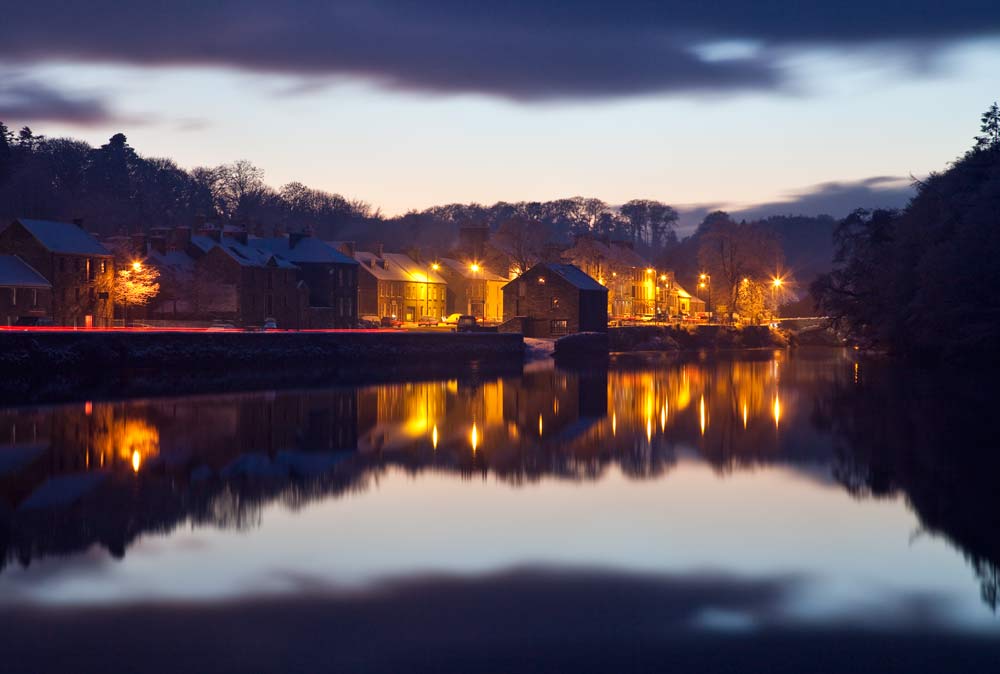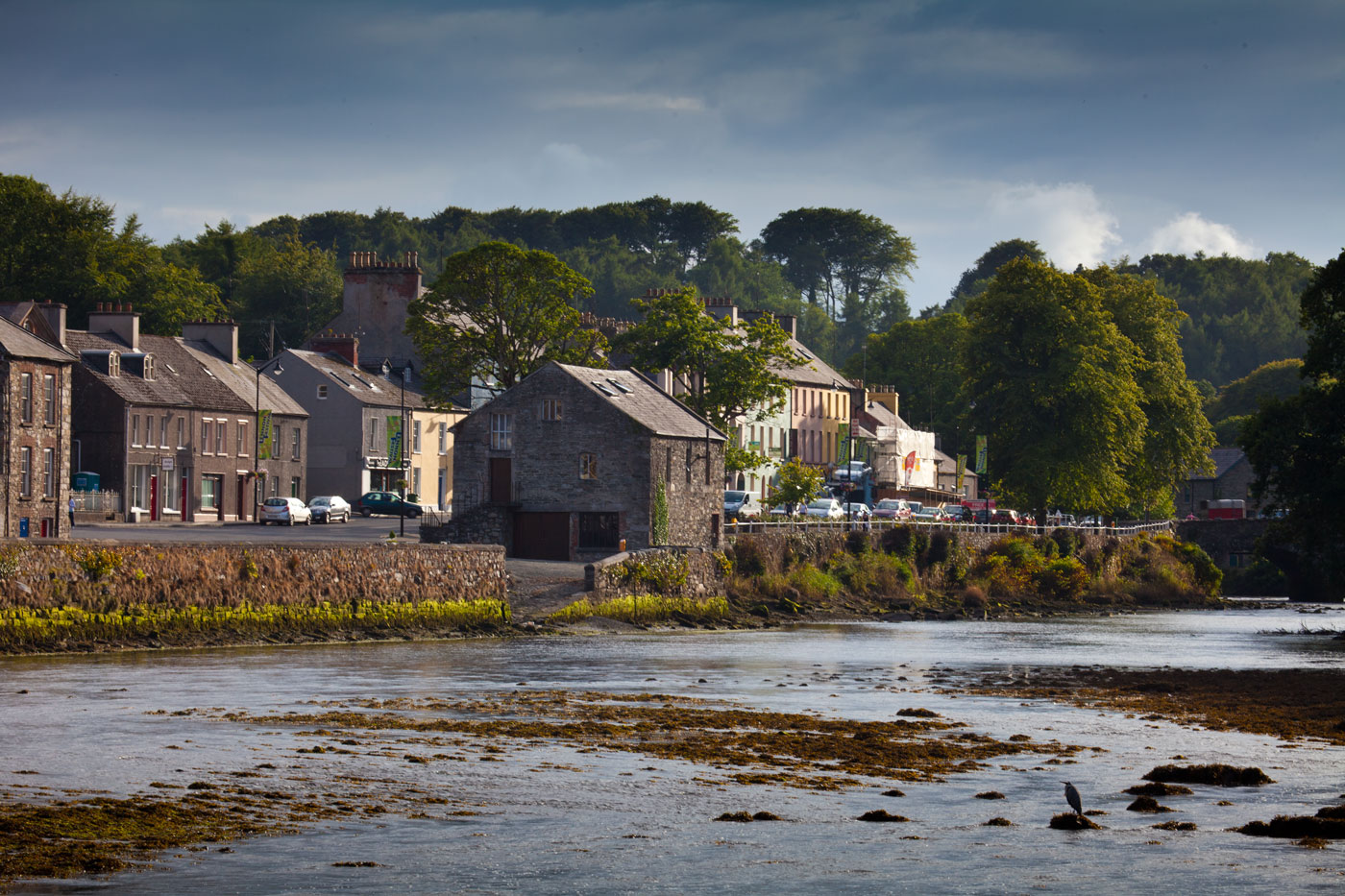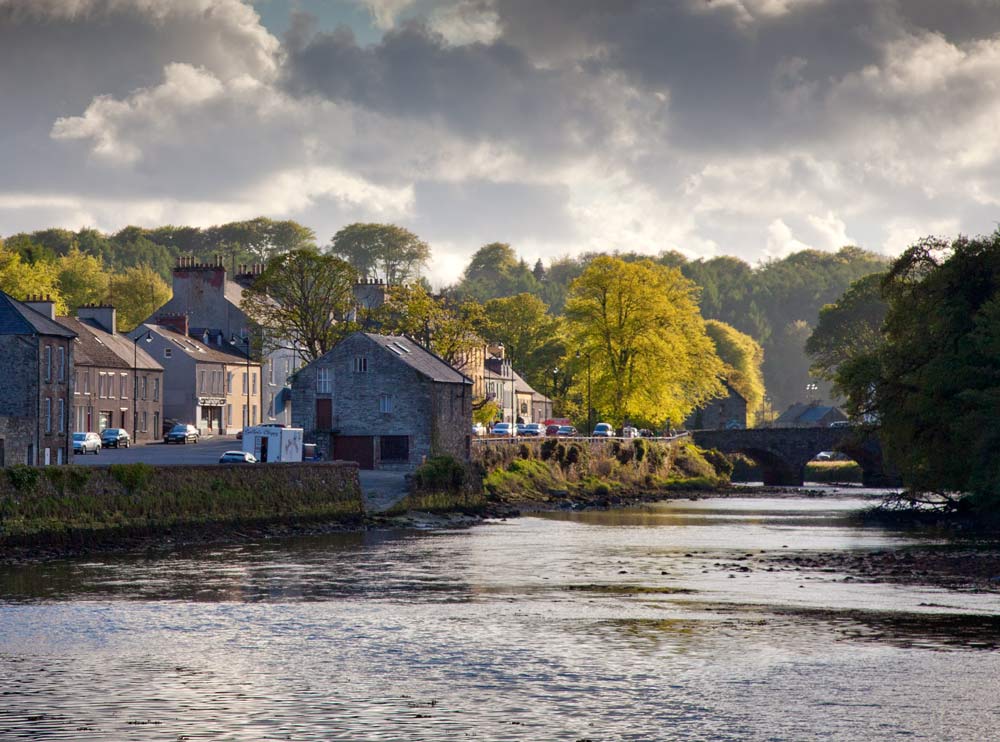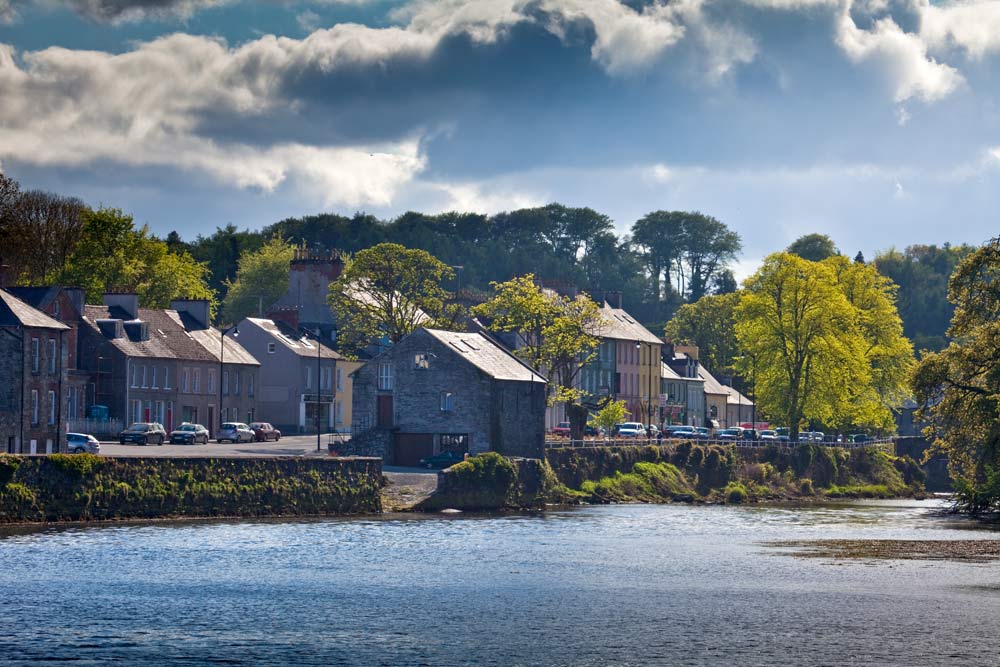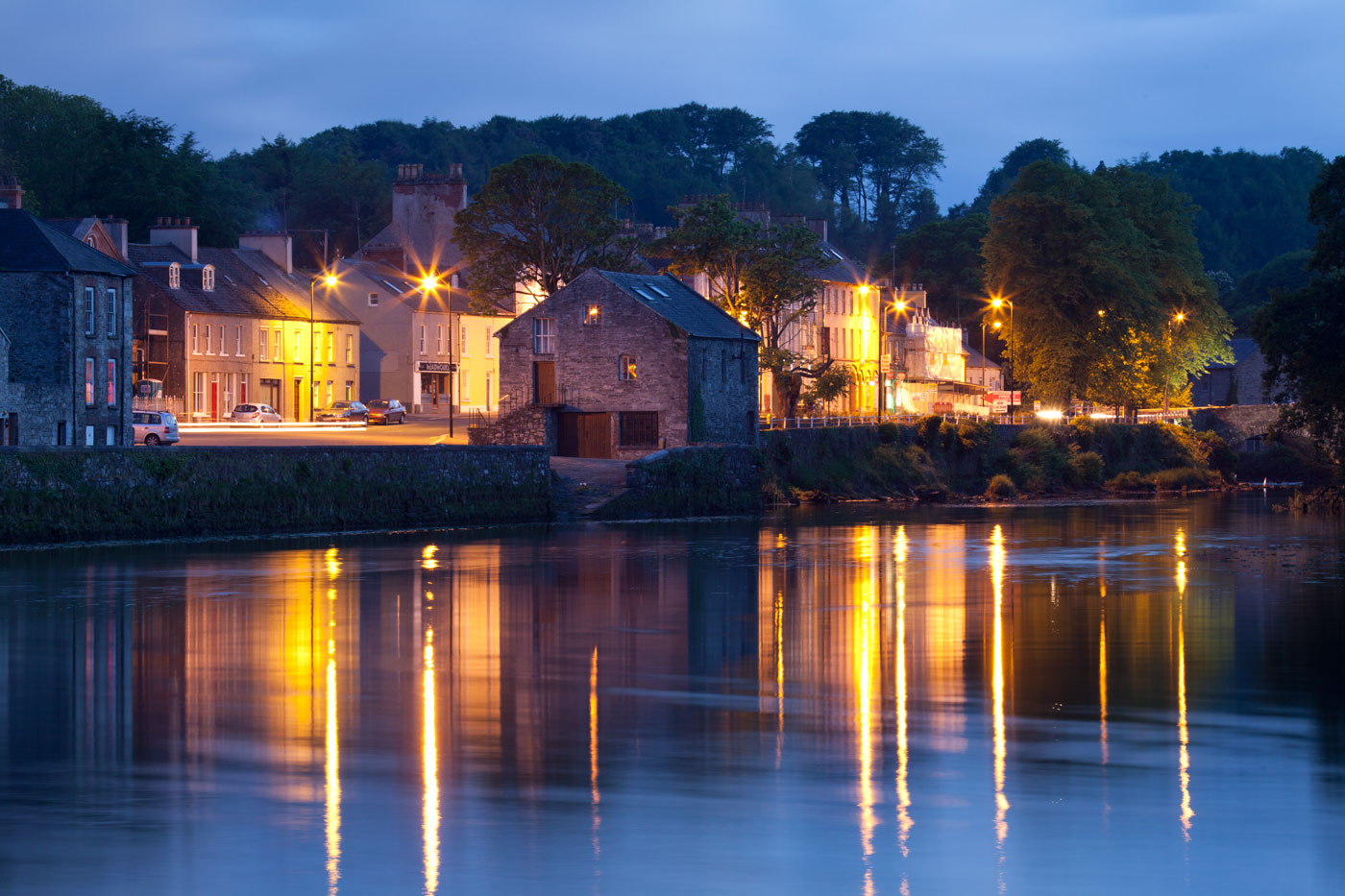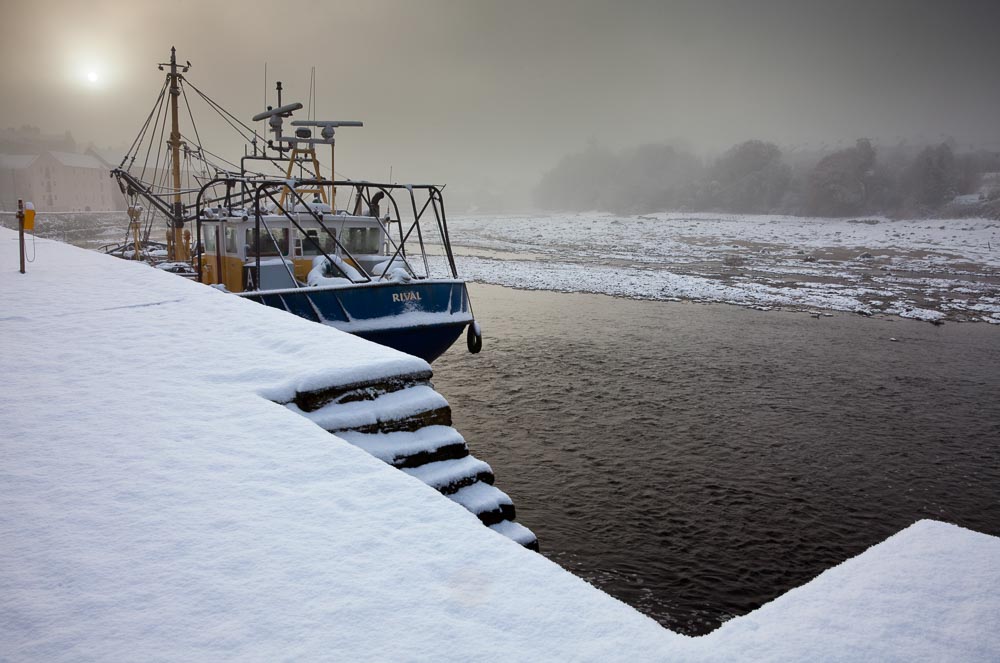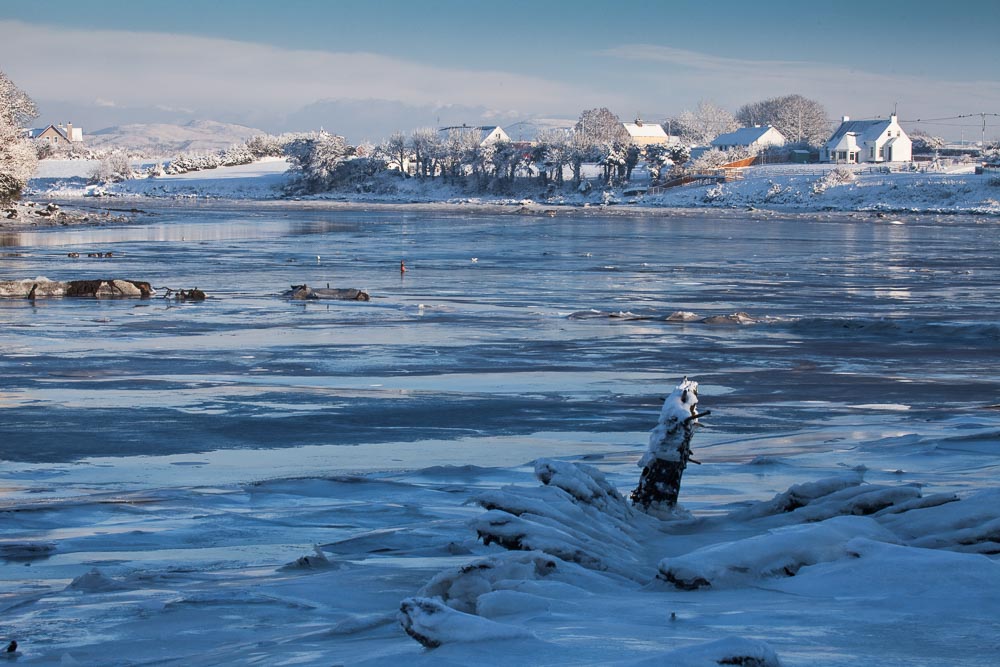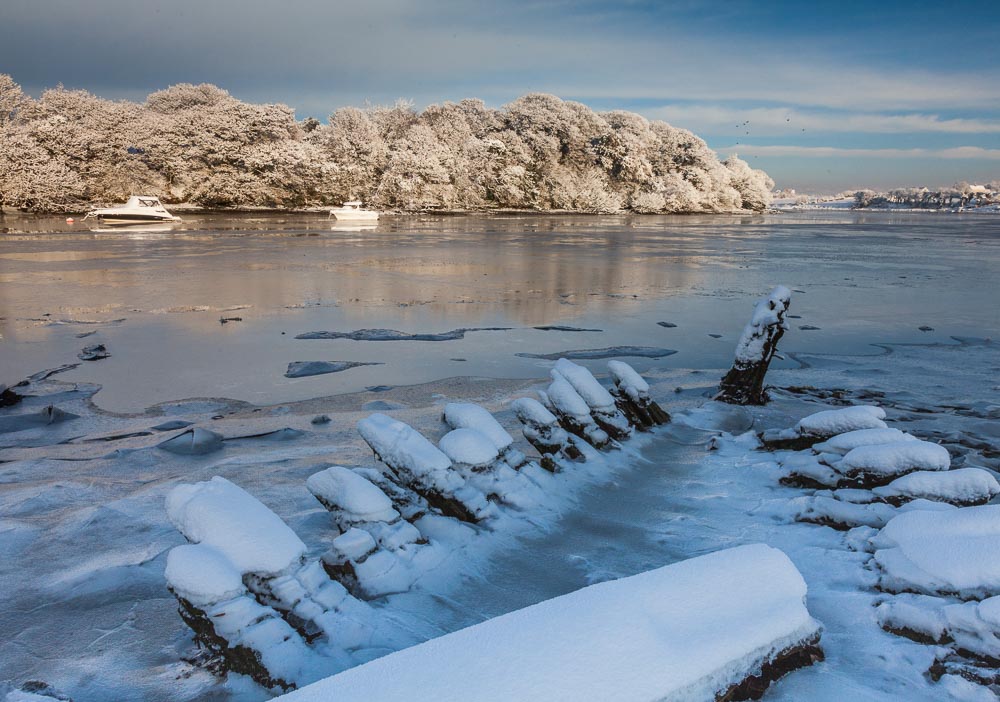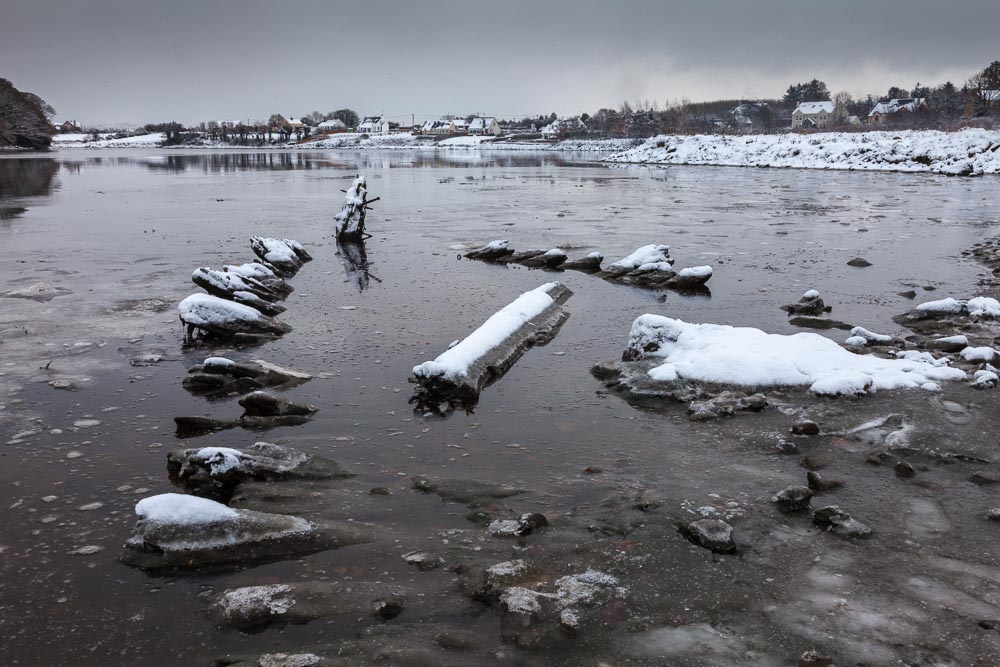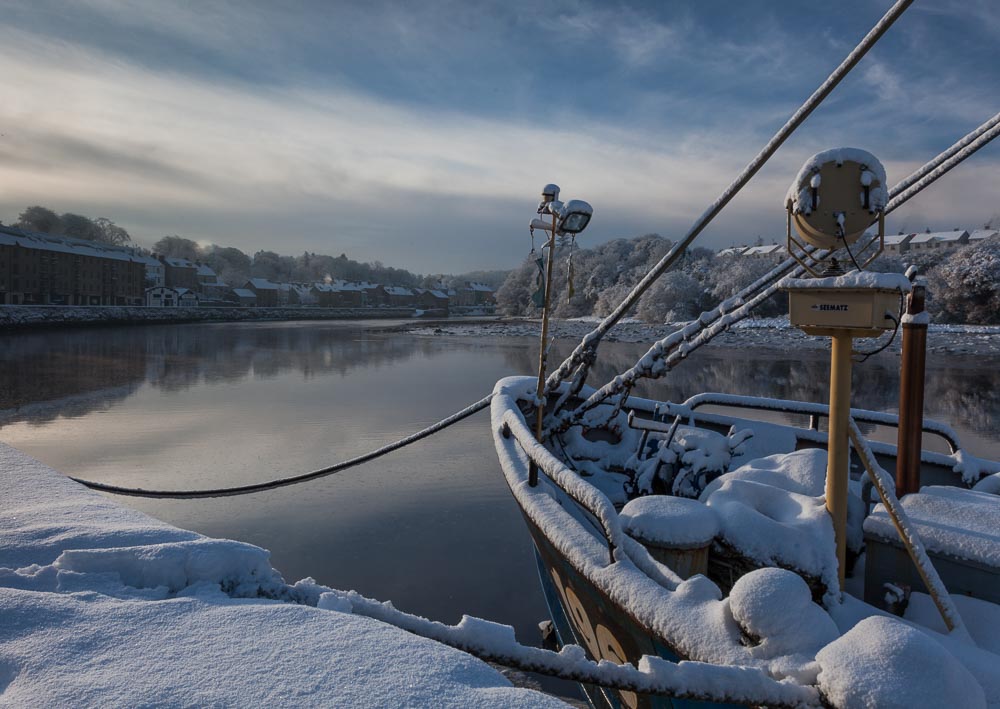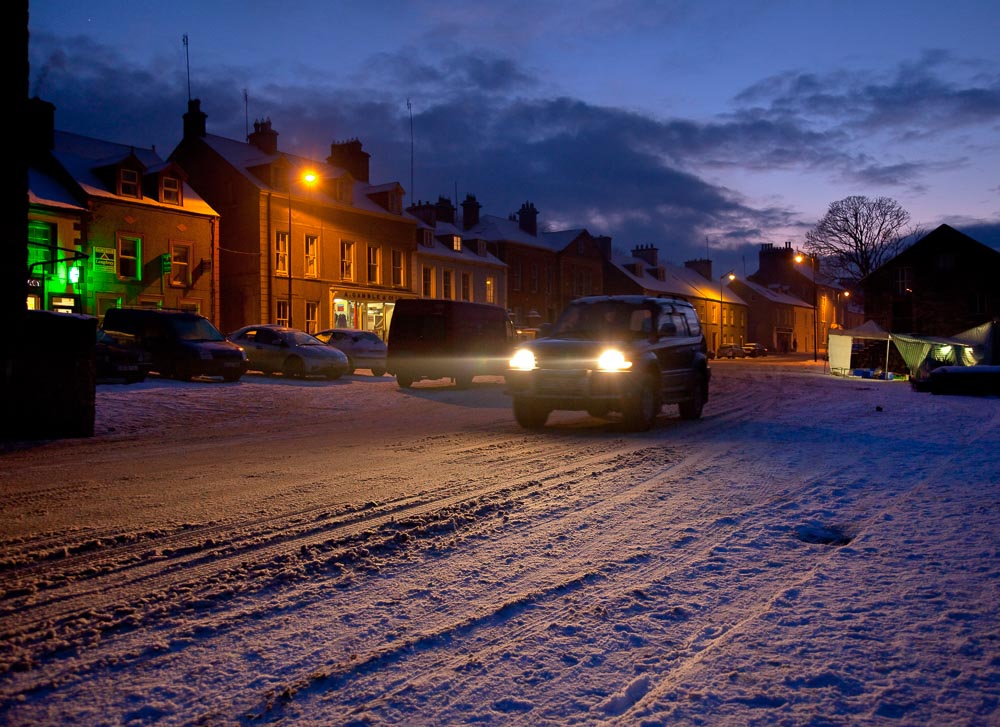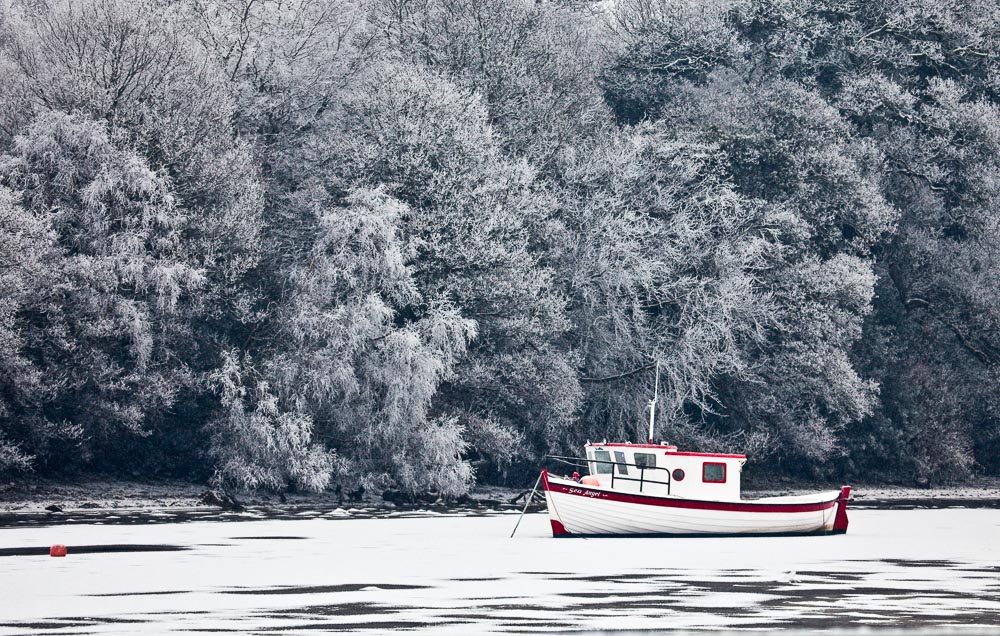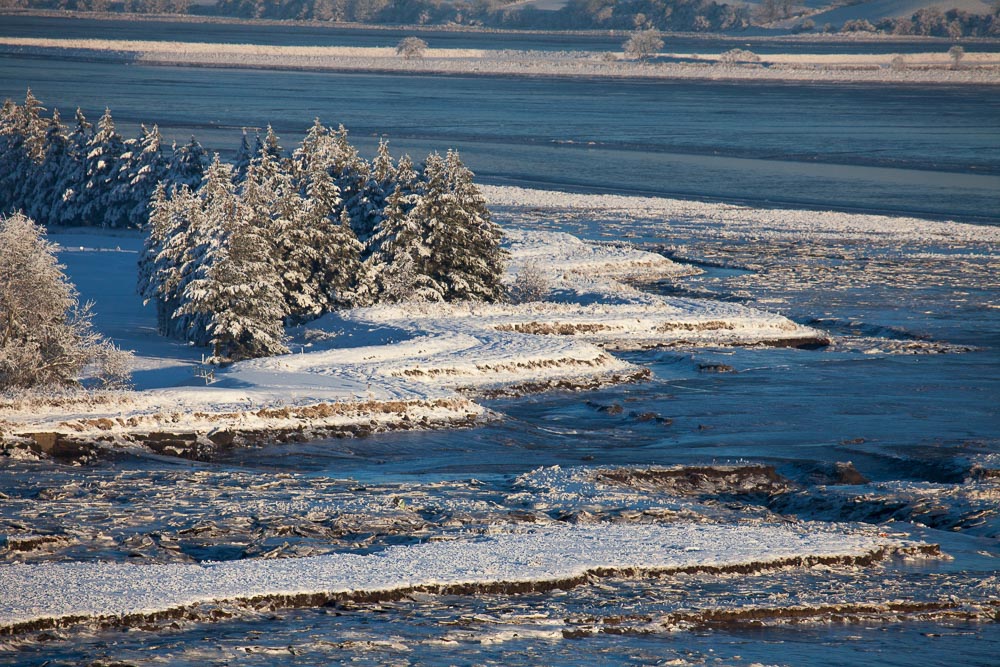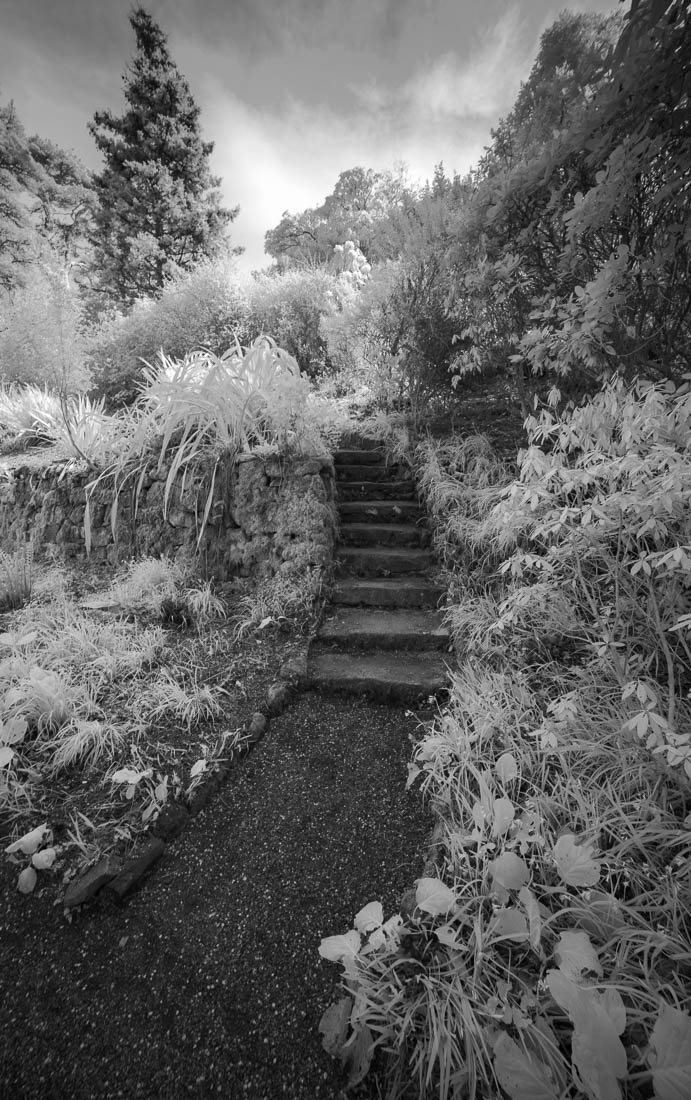

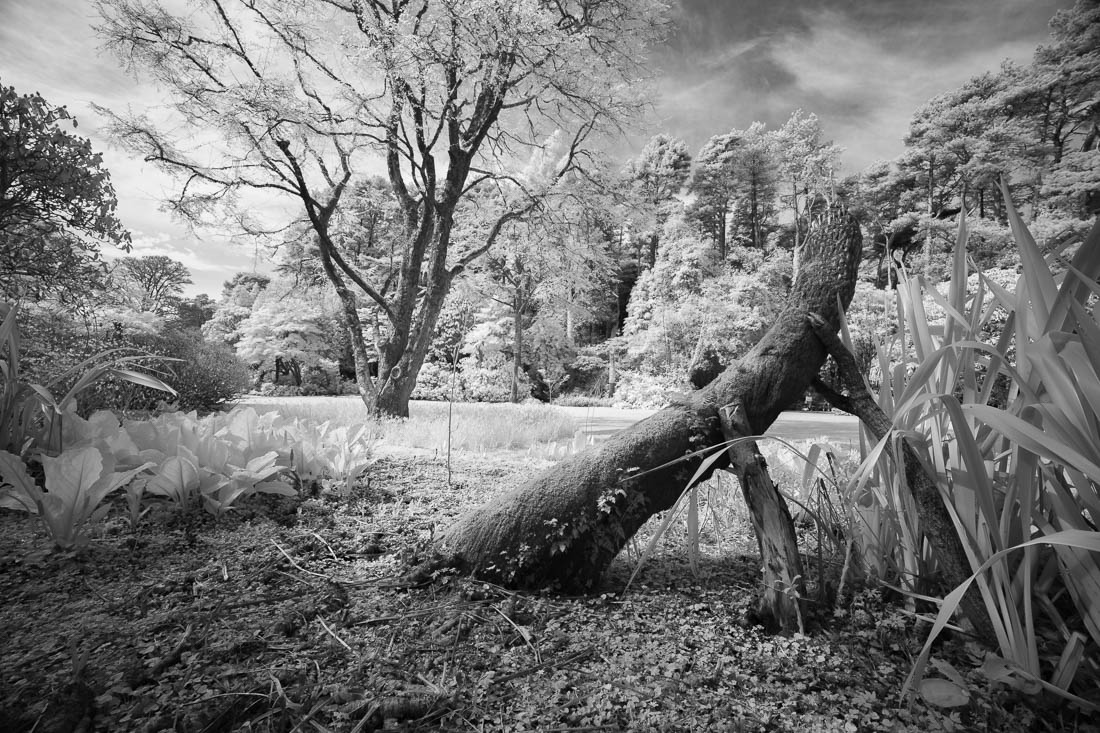
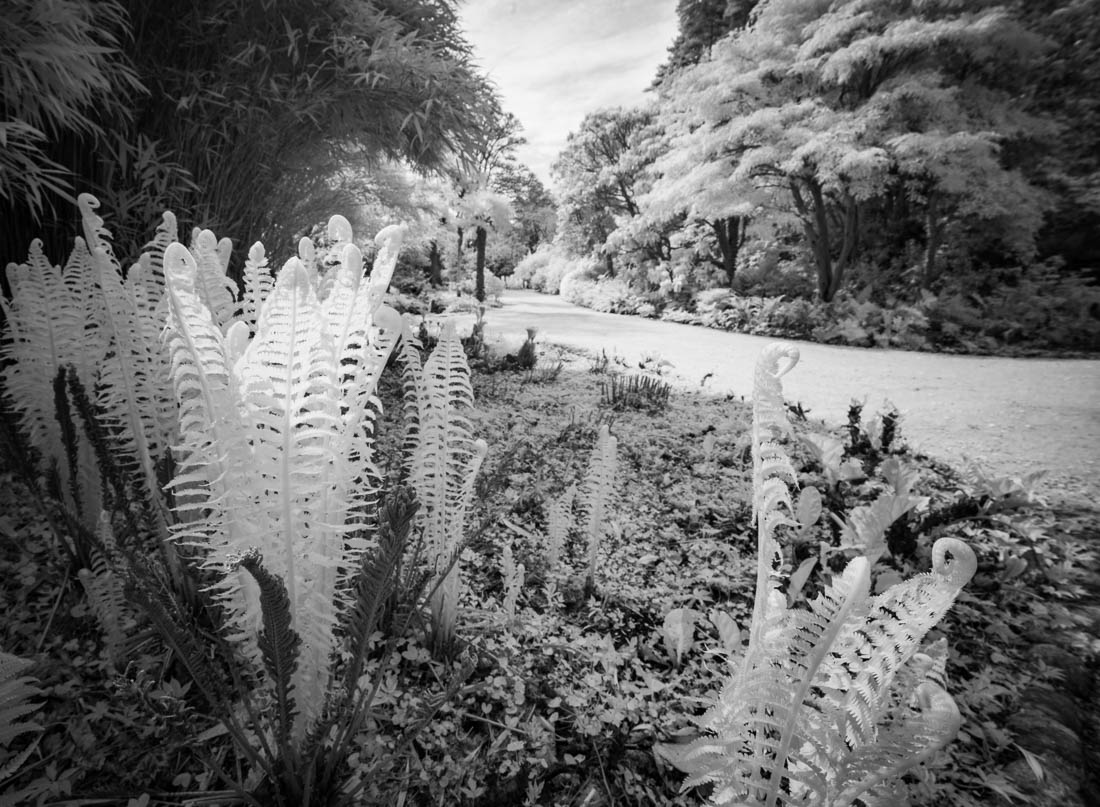

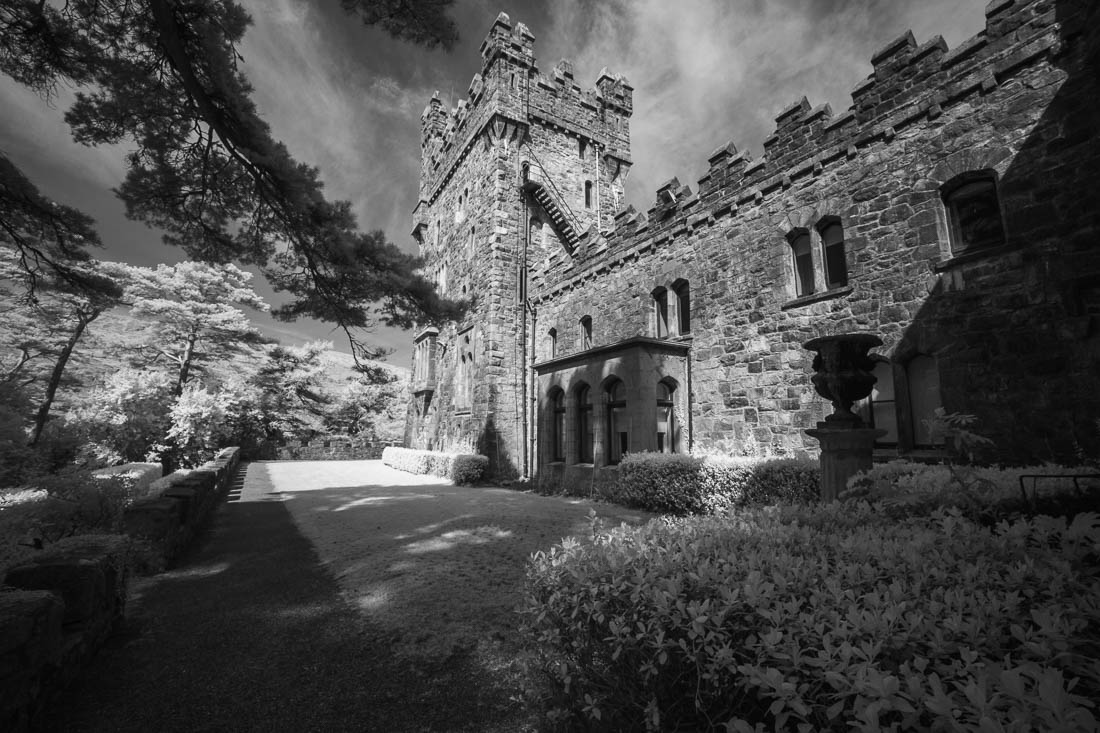
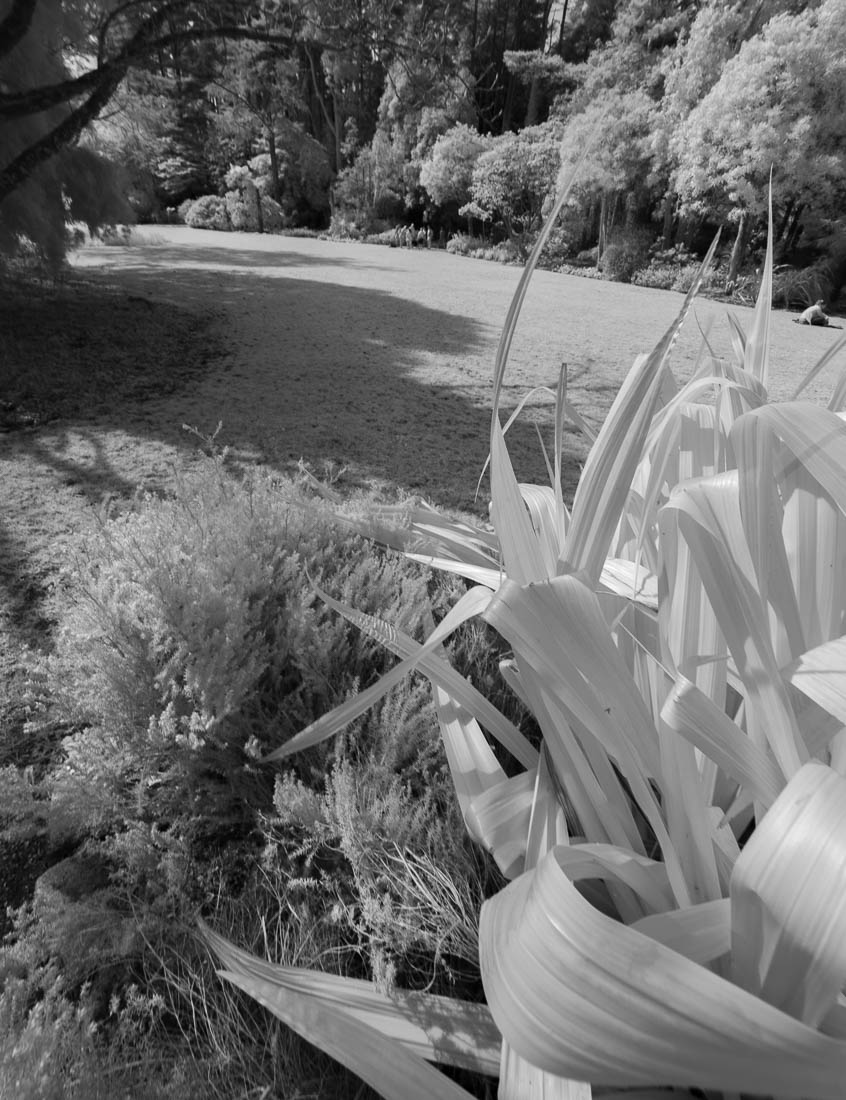
Infrared test at Glenveagh
I used to shoot a lot of Infrared in the film days, using Kodak high-speed IR stock (see below). This was nominally rated at 400 ISO and the resulting images were grainy but startling. Foliage and skin glowed eerily and blue skies appeared dark and contrasty. This kind of photography wasn't available to digital photographers until someone realised you could swap internal sensor filters and convert the camera to IR. I picked up a 5D conversion on eBay a few months ago, but it's only been in the past few weeks that the weather and vegetation growth has been good enough to give it a decent test.
Infrared needs fine weather to really shine. At this time of year (mid April at the time of shooting) there is plenty of spring growth. Combine this with some dappled direct sunlight and you'll find conditions perfect for shooting IR.
The Camera: The Canon 5D (my old main camera was a 5D) is a solid performer. I bought the conversion from a seller on eBay whom I'd previously bought from. It has a 21MP sensor giving a 5616 x 3744 pixel resolution. You need to set a custom white balance when shooting IR (usually using an image of skin, grass or foliage taken in situ) and doing this was easy thanks to my familiarity with the camera meant that the setup was very straightforward. The images produced (those in focus anyway), were slightly noisier than full colour images would have been, but were finer than the images taken with Kodak film.
The Lens: Samyang (also sold as Rokinon and Bower) make a series of prime lenses for both photography and cinema cameras. They are typically manual focus and aperture (I forgot about the lack of autofocus for a while when shooting this roll. This one is 14mm f2.8. Many lenses suffer from Infrared hotspots (a brighter spot in the centre of the lens), but I'm happy to say the Samyang isn't one of them. It exposed well, sharply when stopped down. Despite being a 2.8, you need to stop down to 5.6 or 8 to sharpen the edges.
It has quite severe distortion towards the edges, most obviously close forewground elements. It also has an unusual "moustache" distortion whick make it unsuitable for architectural work. Lightroom and Camera Raw have profiles for this lens and the distortions can be minimised for most applications.
Processing: Straight out of the camera, the RAW file look markedly pink. Most infrared shooters recommend swapping the blue and red channels in photoshop, and while this appraoch gives dramatic deep blue skies, for black-and-white. I found I got better results using Lightroom. I used the Black and White conversion and massaged the histogram to get as much dynamic range as possible.
